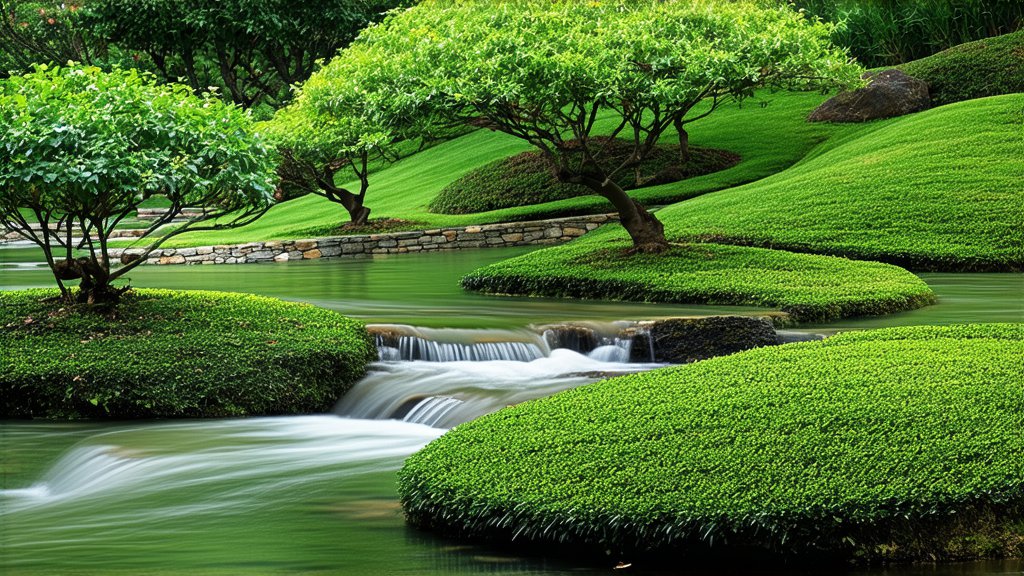
Junshan Yinzhen Huangcha, a treasure in the world of Chinese tea, has a history that dates back over a thousand years. This unique tea is produced exclusively on Junshan Island in Dongting Lake, Hunan Province, China. The name "Junshan Yinzhen" translates to "Junshan Silver Needle," referring to the shape of the dry tea leaves, which resemble silver needles.
History
The origins of Junshan Yinzhen Huangcha can be traced back to the early Tang Dynasty (618 - 907 AD). It was highly regarded by ancient Chinese emperors and poets for its delicate flavor and exquisite aroma. Over the centuries, it has been considered one of the top ten famous Chinese teas and has won numerous awards at international tea competitions.
Varieties
Junshan Yinzhen Huangcha is the only yellow tea variety among the famous Chinese teas. There are two main types: Junshan Yinzhen and Junshan Maofeng. Junshan Yinzhen is the top grade, made from the tender buds and leaves picked before the Qingming Festival (around April 4th or 5th). Junshan Maofeng, on the other hand, is made from slightly older leaves and has a more robust flavor.
Processing
The processing of Junshan Yinzhen Huangcha is a meticulous and time-consuming art. It involves several steps, including fixation, initial rolling, re-fixation, final rolling, and drying. The key to its unique flavor lies in the "mengzhi" process, where the tea leaves are covered with cloth to promote slight fermentation, giving the tea its characteristic yellow color and rich, mellow taste.
Brewing Method
To fully appreciate the flavor of Junshan Yinzhen Huangcha, proper brewing is essential. Here is a step-by-step guide:
- Water Quality: Use fresh, clean water. Filtered water is preferred to avoid any impurities that may affect the taste.
- Water Temperature: Heat the water to about 80°C (176°F). Using boiling water will scald the delicate tea leaves and result in a bitter taste.
- Tea Quantity: For a standard 150ml (5oz) gaiwan or teapot, use about 3 - 5 grams of Junshan Yinzhen Huangcha. Adjust the quantity according to your taste preference.
- Steeping Time: The first infusion should be short, around 1 - 2 minutes. Subsequent infusions can be longer, up to 3 - 5 minutes. Junshan Yinzhen Huangcha can be steeped multiple times, with each infusion revealing different layers of flavor.
- Appreciation: As you pour the tea into the cup, observe the bright yellow color and the subtle aroma. Sip slowly and let the smooth, sweet taste linger on your palate.
Tasting Method
When tasting Junshan Yinzhen Huangcha, pay attention to the following aspects:
- Appearance: The dry tea leaves should be uniform in size, with a silvery sheen and a straight, slender shape.
- Aroma: Before brewing, the dry tea should have a fresh, grassy scent. After brewing, the aroma should be floral and fruity, with hints of honey and apricot.
- Color: The liquor should be a clear, bright yellow color, reminiscent of topaz.
- Flavor: The taste should be smooth and mellow, with a natural sweetness and a hint of umami. There should be no bitterness or astringency.
- Mouthfeel: The texture should be silky and full-bodied, coating the mouth and leaving a pleasant aftertaste.
In conclusion, Junshan Yinzhen Huangcha is a testament to the rich heritage and artistry of Chinese tea culture. Its unique flavor and elegant appearance make it a cherished beverage for tea enthusiasts around the world. By understanding its history, varieties, processing methods, brewing techniques, and tasting nuances, one can truly appreciate the beauty and complexity of this exceptional tea. Whether enjoyed alone or shared with friends, a cup of Junshan Yinzhen Huangcha is sure to bring a moment of tranquility and delight.